International Tiger Day 2015: Sad facts about the species being pushed to extinction
Sad facts about the species being pushed to extinction
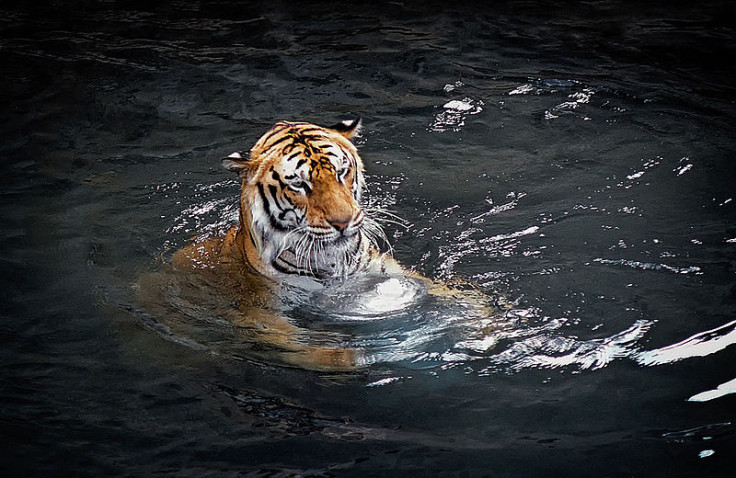
While the world remains in shock over Cecil the lion and his killer US dentist Walter Palmer, today (29 July) is also International Tiger Day, a species on the brink of extinction, with about 100 killed every year to meet consumer demand in Asia.
To mark the day, here are some sad facts about the problems facing the species.

The number of tigers living in the wild is now just 3,200. The speices has suffered a catastrophic decline over the past century – in 1900 there were estimated to be 100,000 tigers in the wild.

Global initiatives are working to save the species through conservation and anti-poaching measures, but the threats they face are ever increasing. Habitat loss is expected to worsen over the coming decades as a result of an increasing need of land for palm oil and pulpwood plantations, along with climate change. As well as this, canine distemper virus (CDV) has been identified by scientists as being responsible – in part – for the decline of Russia's Amur tiger population.

Their shrinking habitat is increasingly bringing them in contact with humans – particularly in India. When they then attack or kill, authorities often hunt the animal.
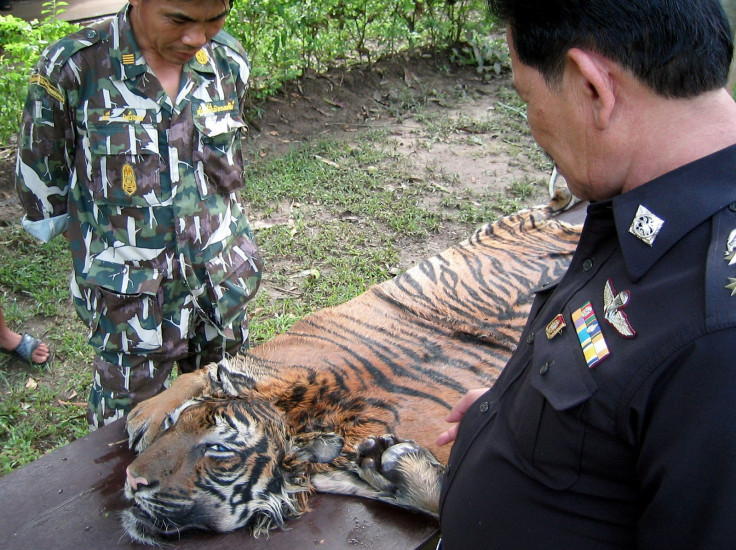
The demand for tiger parts is still massive, with China fuelling the trade where wealthy people buy skins, paws and bones to make tiger wine. On kg of tiger bone sells for around $400 (£255, €362). Tiger skins and rugs cost thousands.
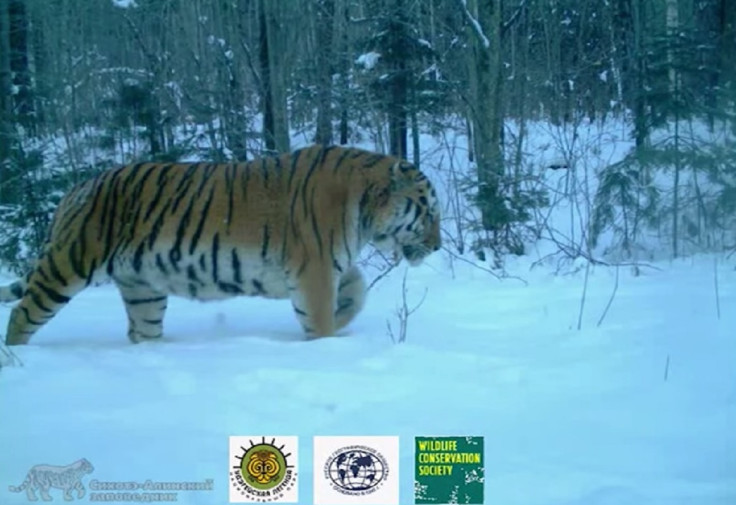
We still understand very little about wild tigers and their behaviour. Earlier this year, the Wildlife Conservation Society (WCS) released the first ever photos of an Amur tiger family – including the father. This behaviour, where both the mother, father and cubs are seen together, has never before been captured on film and shows that, at least some of the time, males participate in family life.
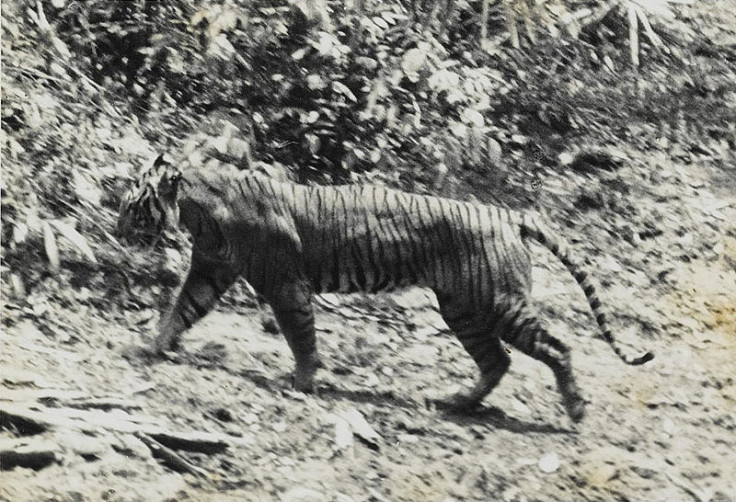
Tigers have been on Earth for two million years yet they could go extinct within the next 20 years if problems facing the species persist. Three subspecies of tiger – the Bali, Caspian and Javan tiger – have already gone extinct.
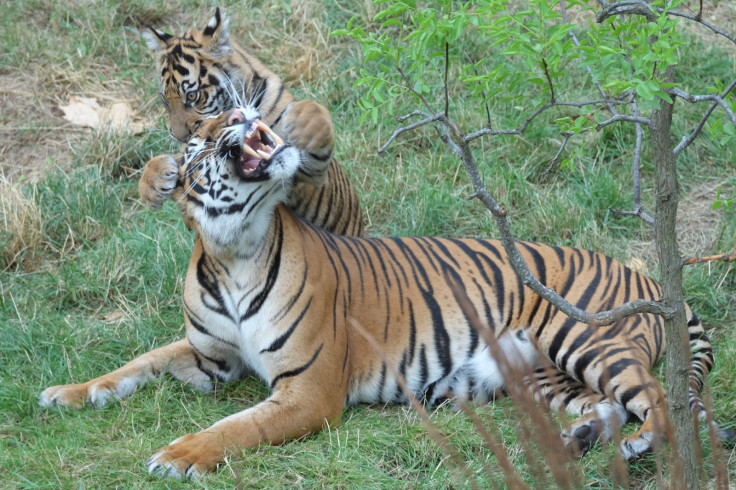
There are now more tigers in captivity than there are in the wild.
© Copyright IBTimes 2025. All rights reserved.





















